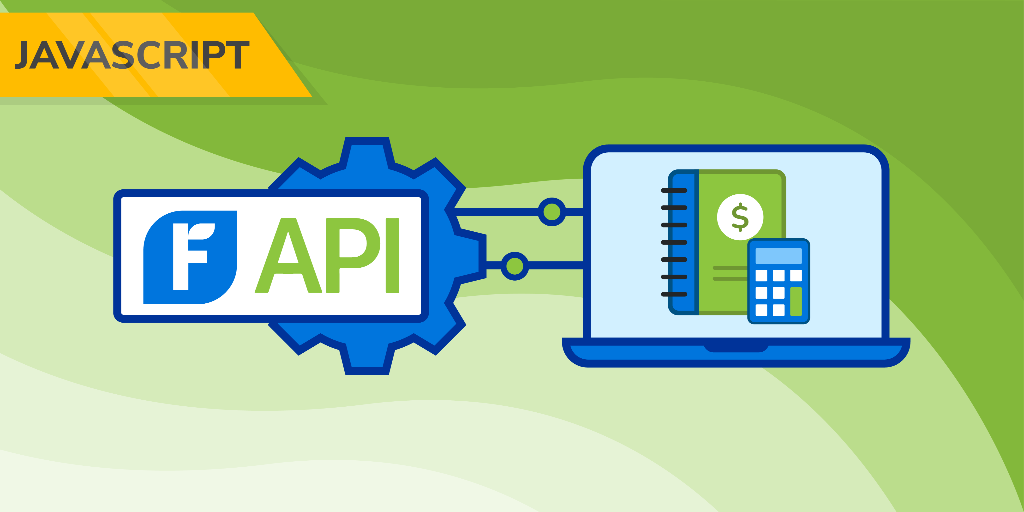
Introduction
This review covers “Bookkeeping with FreshBooks API in JavaScript – AI-Powered Course”, a hands-on online course that teaches how to integrate FreshBooks bookkeeping functionality programmatically using JavaScript and React. The course promises practical lessons on managing clients, invoices, payments, expenses, and working with FreshBooks API endpoints and access keys — augmented with AI-driven learning aids.
Product Overview
Manufacturer / Provider: AI Learning Labs (course author/publisher)
Product category: Online technical course (software development / API integration)
Intended use: For web developers and small-business automation engineers who want to programmatically manage FreshBooks bookkeeping tasks (clients, invoices, payments, expenses) and to embed FreshBooks flows into JavaScript/React applications.
Target audience spans intermediate JavaScript developers comfortable with React, developers integrating accounting systems, and technically inclined accountants seeking automation. Prerequisites typically include basic JavaScript, familiarity with REST APIs, and a working React environment.
Appearance, Materials, and Design
The course is delivered through a modern web learning interface with a clean, responsive layout. Content is presented as a mix of short video lessons, annotated slide decks, downloadable code samples (ZIP or GitHub repo links), and browser-based code snippets. Design elements emphasize readability: monospaced code blocks, color-coded syntax highlighting, and clear module progress indicators.
Unique design features:
- AI-assisted code suggestions integrated into the lesson pages (contextual examples and autogenerated snippets based on lesson inputs).
- Interactive exercises that allow you to run sample API calls in a sandbox or see simulated responses inline (no heavy local setup required for early lessons).
- Pre-built React starter templates that scaffold a small app to manage clients/invoices, reducing boilerplate work.
Overall, the aesthetic is contemporary and developer-focused — useful, minimal, and oriented around getting working code quickly.
Key Features & Specifications
- Comprehensive walkthrough of FreshBooks API endpoints relevant to bookkeeping: clients, invoices, payments, expenses, and time tracking (where applicable).
- Authentication and access keys: explanation of API key usage (and/or OAuth where covered), secure storage guidance, and token management patterns.
- React integration: step-by-step example app demonstrating CRUD operations, form handling, and state management tied to FreshBooks resources.
- AI-powered assistance: code generation, error-fixing suggestions, and guided hints for exercises.
- Sandbox/testing techniques: using FreshBooks sandbox (if available), Postman collections, and mock servers for safe development.
- Error handling, rate-limiting awareness, and strategies for robust API calls (retry logic, idempotency considerations).
- Downloadable assets: sample project repository, Postman collections, and example environment variable templates.
- Assessment components: quizzes or short practical tasks to evaluate understanding (varies by platform).
Experience Using the Course (Various Scenarios)
1. Beginner exploring FreshBooks API basics
The course begins with accessible explanations of bookkeeping concepts mapped to FreshBooks data models. For absolute beginners to the FreshBooks API, the instructor’s explanations of how clients, invoices, and payments relate are clear. Short videos and visual diagrams help bridge accounting terminology to concrete API resources. The sandbox examples and stepwise API calls make the early learning curve friendly.
2. Building a React app that creates invoices
The React integration lessons are the strongest practical asset. The starter template scaffolds a small admin interface; lessons walk through creating forms, validation, and POSTing invoice data to FreshBooks. The course covers responses, optimistic UI updates, and shows how to persist access keys via environment variables. The provided code repo accelerates development and is easy to adapt to a real project.
3. Automating bookkeeping workflows (invoices → payments → reconciliation)
The course demonstrates end-to-end flows: creating an invoice, capturing a payment, and recording expenses. This is helpful for automations such as scheduled invoicing or webhook-triggered actions. However, integration with payment gateways in production scenarios is necessarily limited because real payments require actual FreshBooks accounts and payment provider configuration; the course provides guidance but not live payment processing.
4. Testing, debugging, and error handling
Practical sections cover common error responses and status codes, with recommended retry strategies and logging suggestions. The AI-assistant helps diagnose common mistakes in requests (wrong headers or payload shape). Lessons on rate limits and idempotency are present, but some advanced edge cases (complex webhook recoveries and concurrency conflicts) receive lighter treatment and may require supplementary resources.
5. Production deployment and security considerations
The course emphasizes storing API credentials securely (server-side environment variables, not in client bundles) and suggests using an intermediary backend to sign requests when building client-facing apps. It touches on OAuth vs. API token trade-offs. For teams deploying into production, the course gives sound high-level advice, but full-scale enterprise concerns (audit logging, compliance controls, multi-tenant architectures) are beyond the intended scope.
6. Using AI features during development
The AI-powered elements accelerate routine tasks: generating payload templates, suggesting code fixes, and proposing best practices. This reduces friction especially when constructing complicated request bodies (invoice line items, nested objects). The AI assistant is helpful but should be treated as a productivity aid — its suggestions are generally good but occasionally require verification against FreshBooks API docs.
Pros
- Practical, hands-on curriculum focused on real-world API use and React integration.
- AI-powered code suggestions and contextual help speed up development and debugging.
- Well-organized starter templates and downloadable code repositories reduce setup time.
- Clear mapping between accounting concepts and FreshBooks API resources — helpful for developers new to bookkeeping.
- Good coverage of request/response handling, authentication patterns, and testing with sandbox or mocks.
Cons
- Depth on advanced accounting workflows, enterprise concerns, and payment gateway configuration is limited.
- Some lessons assume intermediate JavaScript/React knowledge; absolute beginners may need supplemental tutorials.
- Live payment processing and real-world FreshBooks account setup are necessarily constrained in a learning environment — you may need a paid FreshBooks account to fully replicate production scenarios.
- AI suggestions can occasionally produce code that needs manual verification; do not rely on them blindly for production security concerns.
- Course quality and auxiliary materials (e.g., frequency of updates for API changes) depend on the provider — verify that the course tracks the latest FreshBooks API version before purchase.
Conclusion
Overall impression: “Bookkeeping with FreshBooks API in JavaScript – AI-Powered Course” is a practical, developer-focused course that delivers a high value-to-time ratio for anyone wanting to automate FreshBooks bookkeeping tasks with JavaScript and React. Its strengths lie in clear, actionable lessons, useful starter templates, and the productivity boost from integrated AI assistance. It is particularly well-suited for intermediate developers building small-to-medium integrations or automations.
Recommendation: If you are building client invoicing workflows, integrating FreshBooks into a product, or automating accounting tasks and you already have basic JavaScript and React experience, this course is a solid and efficient way to learn the FreshBooks API mechanics. If you require deep enterprise-grade accounting expertise, advanced payment gateway integrations, or a beginner-level JavaScript primer, plan to supplement the course with additional resources.
Final note: Confirm the course’s publish date and check that it has been updated to align with the current FreshBooks API (APIs evolve). The AI features are a notable productivity enhancer, but treat them as an assistant — always validate generated code and security recommendations before deploying to production.




Leave a Reply